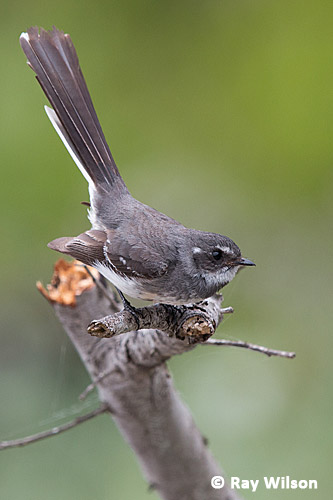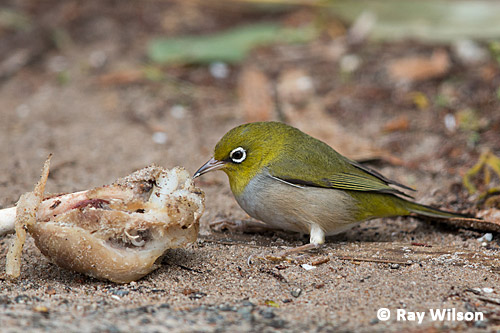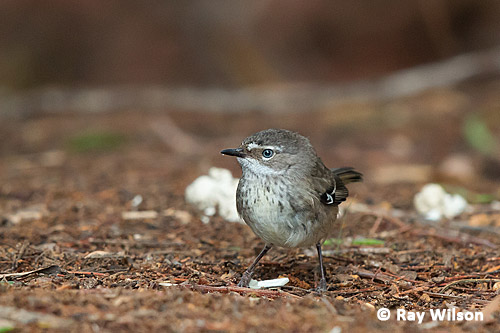
- Home
- Photography Tours
- Diary / Blog
- Galleries
- Foreign Trips
- Tasmania 2016
- NE Queensland 2016
- Western Alps 2016
- NE Spain 2016
- Australia's Wet Tropics 2015
- Australia's Top End 2015
- SW Australia 2015
- Switzerland 2015
- Andalucia 2015
- Belize 2015
- Australia 2014
- Switzerland 2014
- Belize 2014
- Bahama Islands 2014
- Switzerland 2013
- Ecuador 2012-2013
- Florida 2011-2012
- Vancouver Island 2011
- Australia 2010
- Peru 2008
- Bulgaria 2007
- Lesvos 2006
- California 2006
- New Zealand 2005
- Extremadura 2005
- Goa, India 2004
- The Gambia 2003
- About
October 2014
21st-23rd October 2014
Cheynes Beach, Western Australia
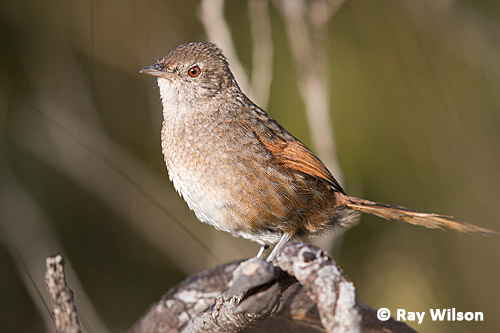
Western Bristlebird (Dasyornis longirostris)
Cheynes Beach is best known as the most reliable site to see one of Australia's most elusive birds: the Noisy Scrub-bird. True to its reputation, the scrub-bird proved difficult and although I did manage to see it 3 times, each of those 3 times was at 6:20pm (sunset was at 5:50pm). Even using ISO6400, it was impossible to get a sharp image of it as it ran at high speed across the beach track in the rapidly fading light.
Another two notorious southwestern endemic skulkers can also be found at Cheynes Beach. Western Bristlebird proved to be the easiest of them to track down. They are very common in the heath inland of the beach and territories can easily be located from their loud, distinctive calls. Although they are skulkers, they are not especially timid and, once a calling individual has been located, if you wait long enough one may bounce into view very close to where you are standing. The individual shown in the photos above and below was, at times, too close to focus the 600mm lens on.
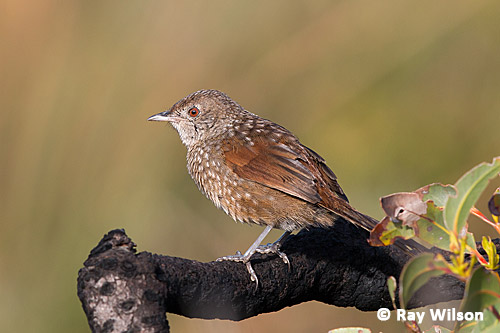
Western Bristlebird (Dasyornis longirostris)
Western Whipbird, however, was not so cooperative and the only one I saw was only in view for a few seconds and a little bit distant.
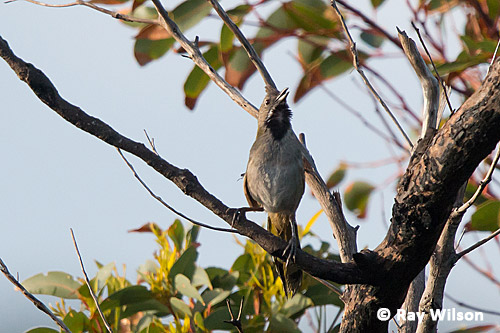
Western Whipbird (Psophodes nigrogularis)
Red-winged Fairy-wren is another bird that is endemic to the area and one particularly cooperative male could regularly be seen hopping around the caravan site.
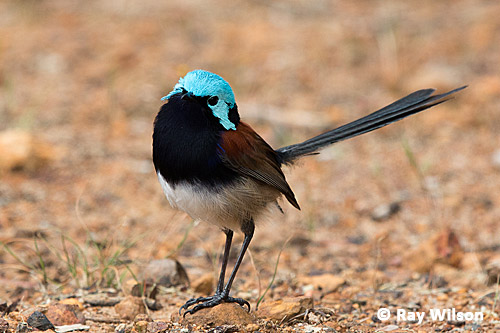
Red-winged Fairywren (Malurus elegans)
This individual was easily recognisable by his missing right eye...
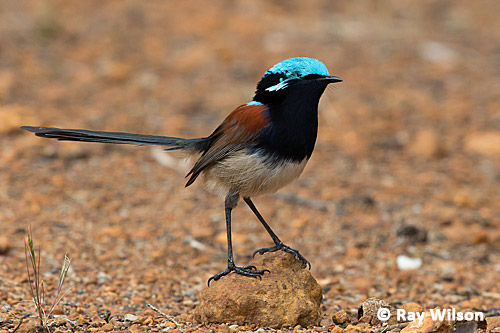
Red-winged Fairywren (Malurus elegans) with one eye missing
Yet another SW endemic, the White-breasted Robin, could be found along the edges of the woodland scrub bordering the beach.

White-breasted Robin (Eopsaltria georgiana)
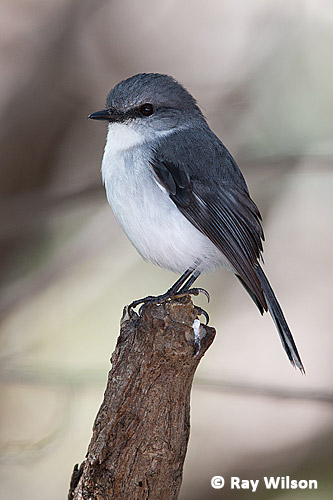
White-breasted Robin (Eopsaltria georgiana) |
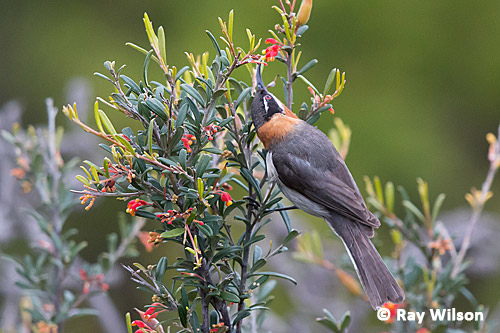
Western Spinebill (Acanthorhynchus superciliosus)
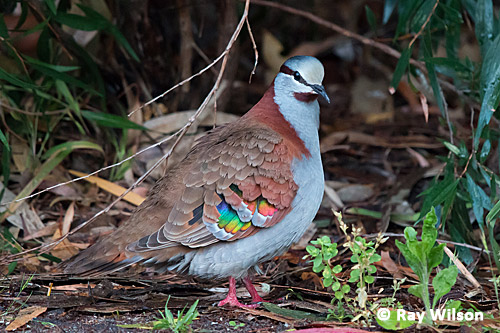
Brush Bronzewing (Phaps elegans)
Both Brush Bronzewing and Common Bronzewing were equally common and very tame around the caravan park.
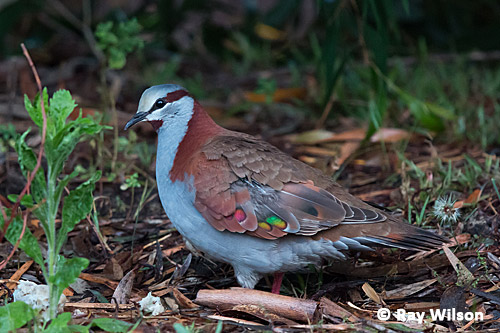
Brush Bronzewing (Phaps elegans)
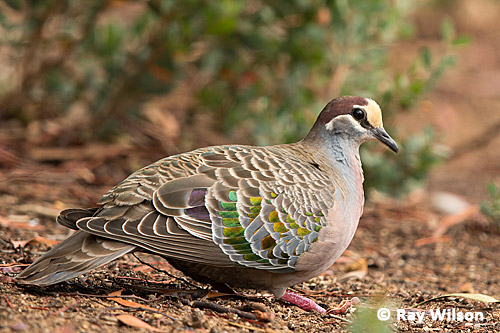
Common Bronzewing (Phaps chalcoptera)
The western subspecies of Silvereye looks very different to its eastern relatives. Instead of having a grey back which contrasts strongly with its green head, the western subspecies has a green back that doesn't contrast with the head colour.
Silvereye (Zosterops lateralis)
I thought at first that the bird shown above was eating insects that had been attracted to the discarded chicken leg, but after watching it for a while, it appeared it was picking the meat from the bone.

Silvereye (Zosterops lateralis)
The spotted maculatus race of White-browed Scrubwren is also very different from its eastern counterparts, who lack the breast spots and have a much bolder face pattern.
White-browed Scrubwren (Sericornis frontalis maculatus)
While sitting down by the beach track waiting on the Noisy Scrub-bird to put in an appearance one evening, a tiny little Honey Possum came out of the bush next to me and started feeding on some fallen flowers just a few metres in front of me!

Honey Possum (Tarsipes rostratus)
Honey Possum is the only marsupial whose diet consists entirely of nectar and pollen.
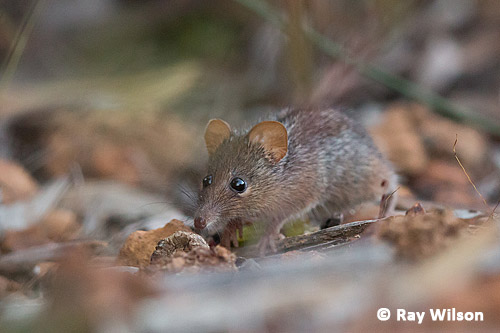
Honey Possum (Tarsipes rostratus)
Reptiles seen crossing the track while I was waiting on the Noisy Scrub-bird were Dugite (a venomous snake), Heath Monitor and King Skink.
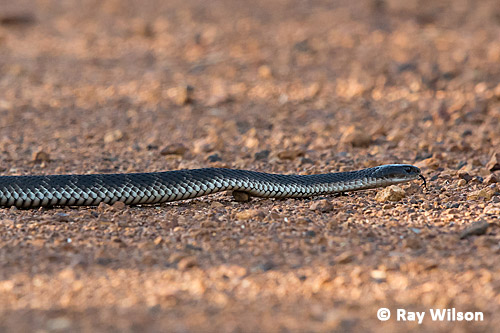
Dugite (Pseudonaja affinis)

Heath Monitor (Varanus rosenbergi)
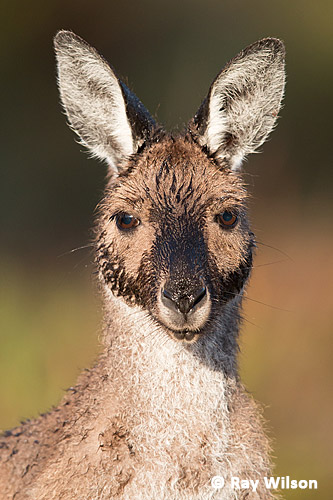
Western Grey Kangaroo (Macropus fuliginosus) |
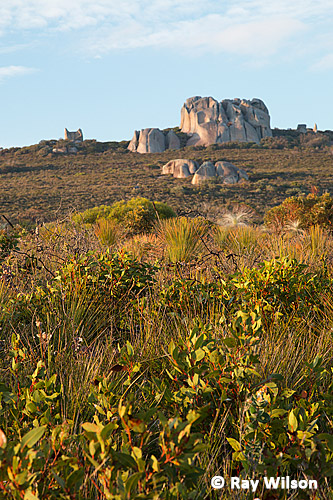 |
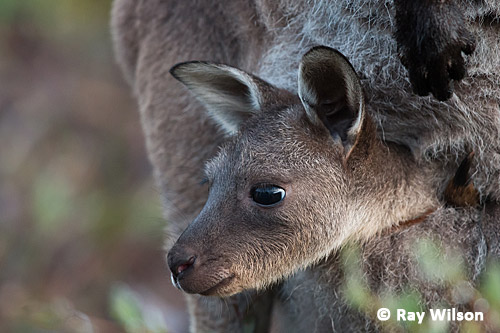
Western Grey Kangaroo (Macropus fuliginosus)
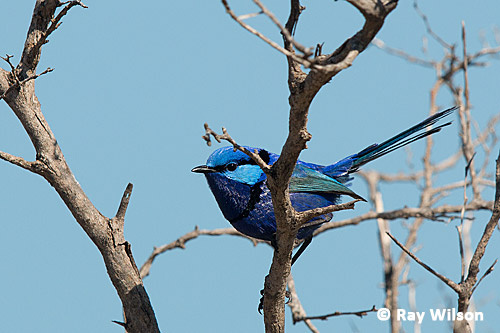
male Splendid Fairywren (Malurus splendens)

male & female Splendid Fairywren (Malurus splendens)
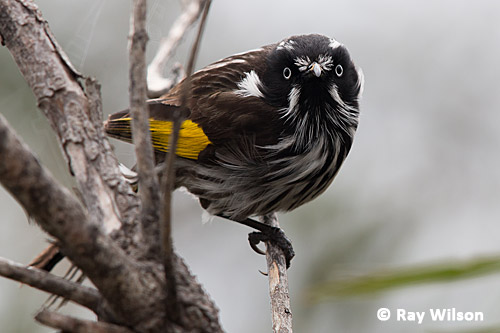
New Holland Honeyeater (Phylidonyris novaehollandiae)
Southwestern Australia is a hotspot for wildflower diversity and although I was too late for the peak of the flowering season, a few of the later-flowering species were in bloom.
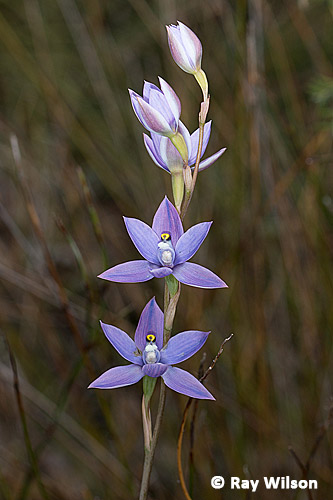
Scented Sun Orchid (Thelymitra macrophylla) |
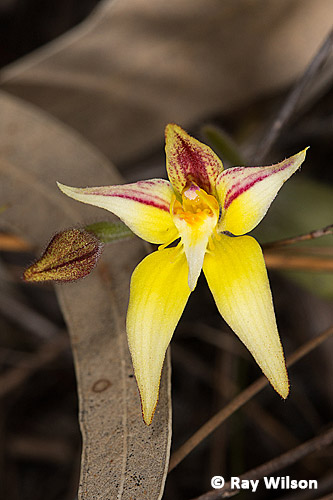
Cowslip Orchid (Caladenia flava) |
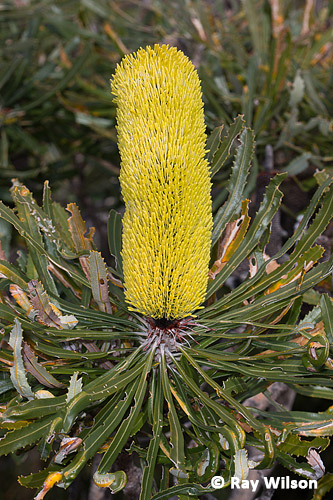
Banksia sp. |

Cowkicks (Stylidium schoenoides) |
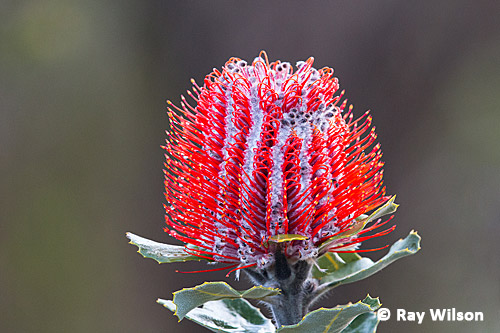
Waratah Banksia (Banksia coccinea)
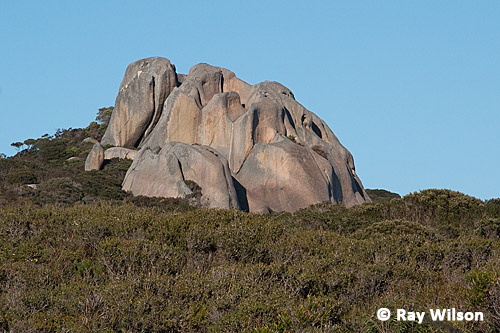
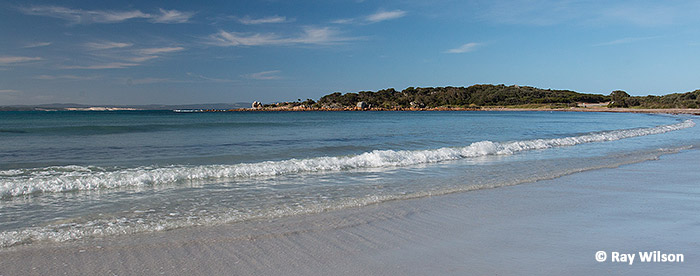
Cheynes Beach
Ray Wilson owns the copyright of all images on this site.
They may not be used or copied in any form without prior written permission.
raywilsonphotography@googlemail.com
